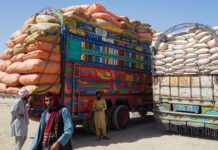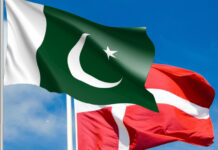Anyone that has ever suffered the indignity of walking into a bank in Pakistan to pay a utility bill will appreciate just how far digital financial services have come in Pakistan. The experience of walking into a bank branch, getting a token, finding out you are 20 people away from getting to a counter and then trying to find a spot on the painful steel chairs with no padding was up until a decade ago a universal experience.
Some banks failed at even providing the comfort of a roof, choosing instead to open a small window where people could cue up outdoors and pay their bills. In recent times, the queues have been replaced by the convenience of mobile money that has fundamentally transformed how Pakistan manages its finances. Consider how dramatically your own financial behavior has shifted: most transactions now happen digitally, and visits to bank branches have declined dramatically.
This transformation is so complete that certain service providers have transcended their brand identity to become synonymous with entire categories; the ubiquitous “Easypaisa kardein” or “JazzCash kardein” phrases now serve as shorthand for digital payments across the country.
Yet beneath this remarkable progress lies a troubling paradox. While policymakers celebrate Pakistan’s digital financial revolution, a substantial portion of the population remains excluded from both traditional and innovative financial services. By and large, this failure at financial inclusion disproportionately affects women.
This exclusion raises a critical question: is this disparity an unintended consequence of rapid digitization, or does it reflect deeper structural inequalities that the financial inclusion agenda is yet to address? The content in this publication is expensive to produce. But unlike other journalistic outfits, business publications have to cover the very organizations that directly give them advertisements. Hence, this large source of revenue, which is the lifeblood of other media houses, is severely compromised on account of Profit’s no-compromise policy when it comes to our reporting. No wonder, Profit has lost multiple ad deals, worth tens of millions of rupees, due to stories that held big businesses to account. Hence, for our work to continue unfettered, it must be supported by discerning readers who know the value of quality business journalism, not just for the economy but for the society as a whole.To read the full article, subscribe and support independent business journalism in Pakistan

























